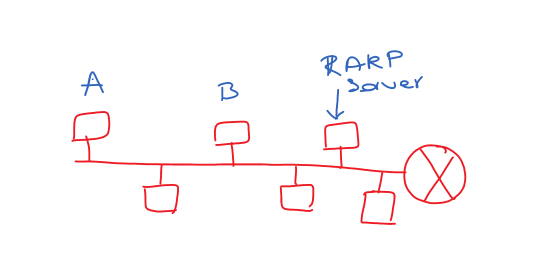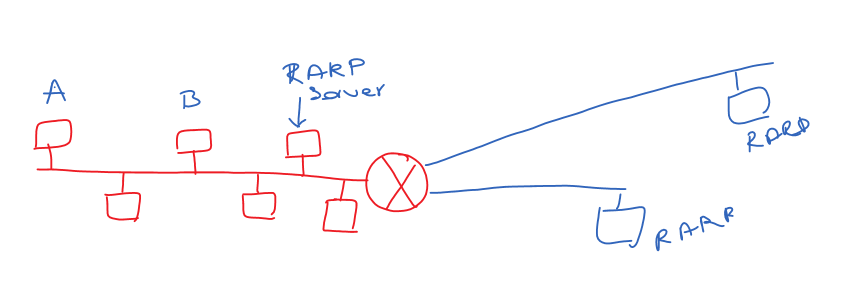Reverse Address Resolution Protocol RARP Protocol in Computer Networks
For Complete YouTube Video: Click Here
This class will try to understand Reverse Address Resolution Protocol RARP Protocol in Computer Networks.
We have already discussed the concept of Address resolution Protocol ARP in our previous class.
Understanding Address Resolution Protocol ARP is necessary to understand what we discuss in this class.
Table of Contents
Reverse Address Resolution Protocol RARP Protocol in Computer Networks
The Reverse Address Resolution Protocol is the opposite of the Address Resolution Protocol.
In reverse address resolution protocol, we will get the IP address if we have the MAC Address.
Where in the real world, we need to get the IP address.
For example, in a computer lab of engineering colleges, each student is provided with the login credentials to access their content from any computer.
The computer will not have the hard disk to remember the IP addresses in such an environment.
In such cases, they should have IP addresses for the computers to get connected to the internet.
How can this problem be solved?
To understand this consider the image shown below.

In the above image, we have a separate RARP server where the table for MAC and corresponding IP addresses are maintained.
Whenever the computer needs an IP address, it will broadcast a RARP request stating that I have a MAC address and need my IP address.
This packet is identified by the RARP server as what is my IP request and will unicast back the corresponding IP address.
Disadvantages of RARP mechanism
For example, if we have subnetworks, each subnetwork should maintain its RARP server.

All the details maintained in the RARP server are static.
Static means every system should have an IP address, and the IP is fixed.
These days we are not using the RARP mechanism.
